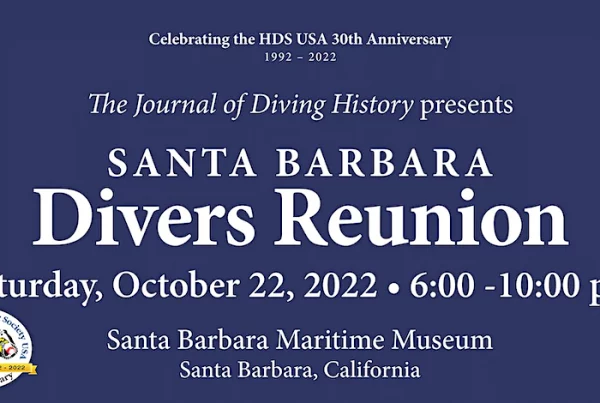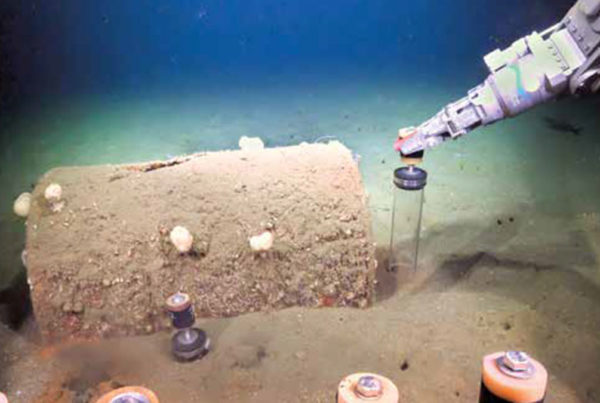When you think of coral reefs, chances are you think of underwater scenery featuring bright colors. Our waters are a bit too chilly to support actual coral reefs, but the colors here might just fool you into thinking you’re on an actual tropical reef. Anacapa’s Coral Reef dive site is covered with colorful invertebrate marine life. Patchwork clusters of tiny corynactis anemones make up the main mosaic. You’ll see the lavender, yellow, and pink hues of these tiny anemones. Baseball-sized white-spotted rose anemones offer deep red accents. Encrusting sponges provide splashes of blue, yellow and orange. While they’re not corals, the rocks here are alive with colorful marine life.
I love the variety and colors of the sea stars. Thankfully they are on a rebound from the recent disease that decimated their population. Blood stars stand out the best with their bright red-orange color. Here and there are bat stars of every color, from red to orange and some whitish with purple blotches. Huge sun stars patrol the area for their favorite food, brittle stars. It appears brittle stars have taken over sections of the reef and nearby sand flats. They are colorful, yes, but their population has gone berserk, crowding out other marine life. It is unknown why, but it is likely just a natural cycle that happens from time to time.
In spite of the brittle star invasion this is still a great dive. Other color is supplied by stands of red, purple, and golden gorgonians and also nudibranchs. Yellow dorids seem to be the most common, but you will also see chromodorids, hermissendas and our old favorite the Spanish shawl. I have seen more nudibranchs here than along any other part of Anacapa Island.
The fish population is not huge but enough that photographers can get some great shots. There are the usual suspects, including garibaldi, calico bass, and sheephead, but my favorites are the bottom dwellers — the rockfish, lingcod and cabezon. For the most part, they sit still for fish portraits, perfect for beginners and pros alike.
Coral Reef lies on the seaward side of the west end of West Anacapa Island. It is a set of two or three reefs (depending on location) parallel to the island. Narrow stretches of sand separate inner and outer reefs. In some places, on a day of good visibility you can see from one reef to the next. While the reef is substantial and long, there are few real pinnacles to speak of and walls don’t exist but there are definite high spots and canyons. The outward edge of the outer reef has a steep drop-off. Depths vary but are generally 25 to 50 feet on the inner reefs and 55 to 90-plus on the outer. The kelp forest comes and goes but is currently quite thin.
The main disadvantage of this site is the current. It is always present and frequently very strong. Always use a trailing current line off the boat as the water flow can go from moderate to rapid in minutes. And start your dive up current.
A coral reef it is not, but the color here makes Coral Reef a well deserved name for this Anacapa Island dive site.
At-A-Glance
Skill Level: Determined by depth
and currents.
Location: Seaward side of the west end of West Anacapa Island. GPS N34°00.475’, W119°26.064’.
Access: Boat only. Several charter boats from Ventura and Santa Barbara on the mainland.
Entry and Exit: Depends on conditions which can change hour to hour but generally easy.
Depth Range: 25 to 50 feet on the inside reefs, 55 to 90-plus on the outer reef.
Visibility: Very good averaging 40 to 60 feet.
Photography: Excellent for macro.
Hunting: Open to hunting but little
game available. You might find an occasional rock scallop.
Cautions: Strong, fast-changing currents.









